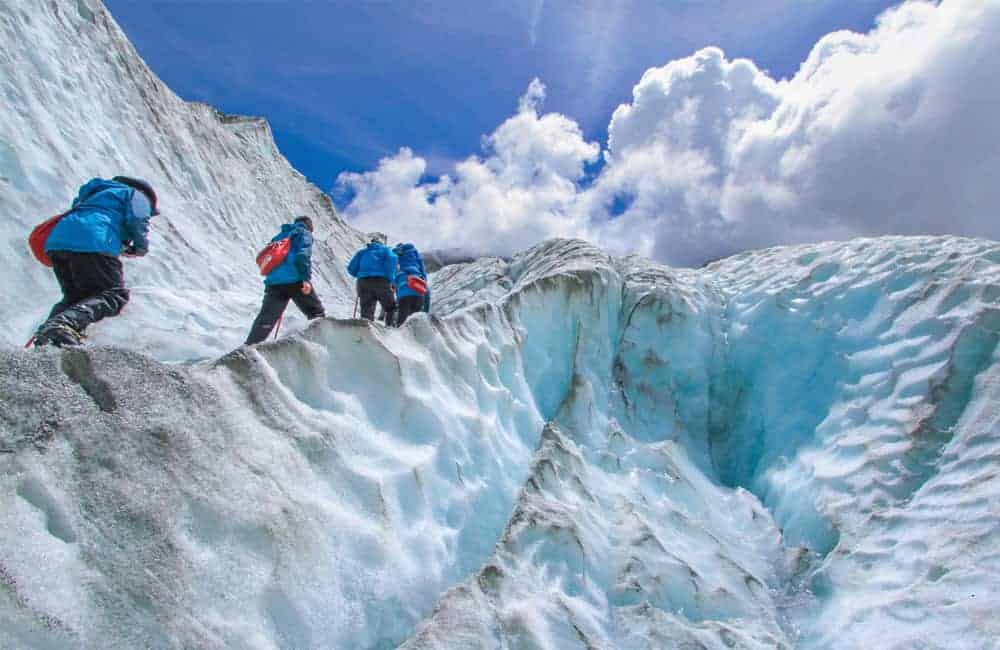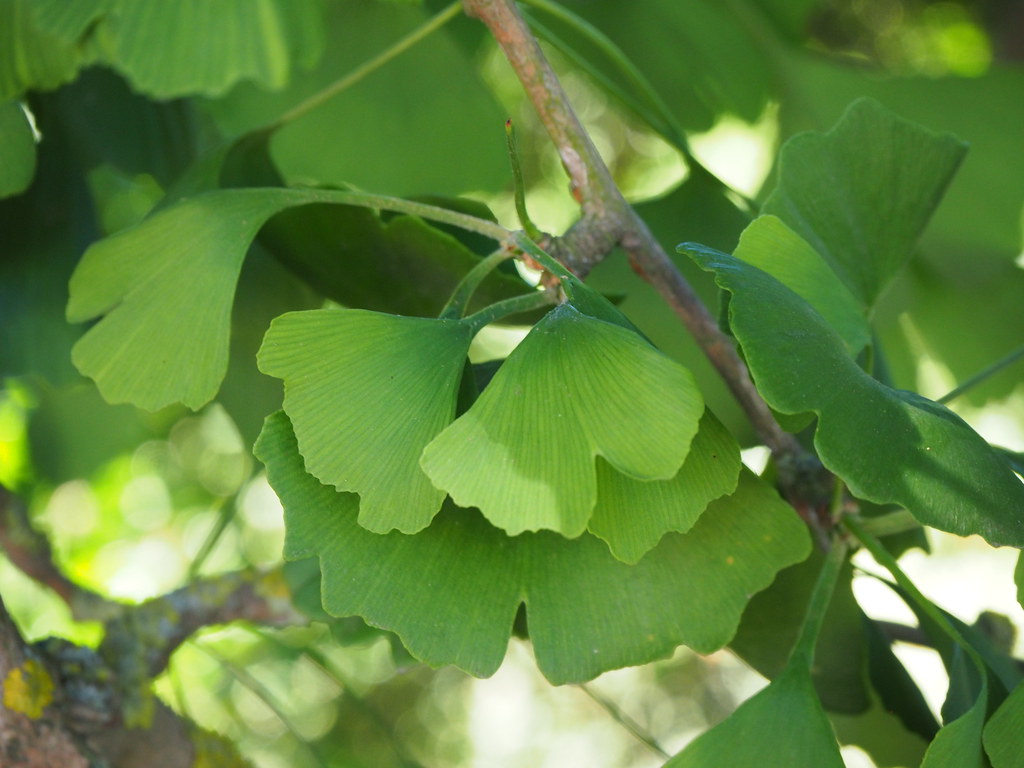When you reach higher altitudes, the air gets thinner due to the lower atmospheric pressure. Initially, your body will find it hard to get the right amount of oxygen it needs, and as a result, your performance is going to suffer. The lack of oxygen is what causes unused hikers to lose as much as 50 percent of their usual physical efficiency at more than 6,000 feet altitudes.

Hiking at this height or more can lead to altitude sickness. Some of the common symptoms of altitude sickness are fatigue, throbbing headache, weakness, loss of appetite, nausea, inability to sleep, and dizziness.
Without a doubt, you will never be able to appreciate even the most amazing scenery on the top if you are feeling miserable. This is why learning how to cure altitude sickness is a must for those who are planning to go outdoors and explore the world at greater heights.
Facts about Altitude Sickness
- Altitude sickness is a very common phenomenon when climbing or trekking at higher altitudes.
- Many climbers have been known to die from High Altitude Pulmonary Edema (HAPE) / High Altitude Cerebral Edema (HACE) or Acute Mountain Sickness (AMS) on Mount Everest.
- The moment you feel AMS creeping in, you have to start descending right away to prevent it from worsening. When you try to go higher or stay put, there’s a risk that you will die from it.
- Many trekkers can attract altitude sickness at more than 3,000 meters height but this is very rare and usually, it can be avoided with proper precautions.
- Climbers at higher altitudes have been known for hallucinating to their death because of the absence of oxygen.
- The region at more than 8,000 meters is called Death Zone since your body can no longer acclimatize at a certain altitude at a certain condition.
Tips to Help You Acclimate Yourself to Higher Altitude
Below are some tips on how to cure altitude sickness to help you make the most out of your hike:
1) Stay hydrated through drinking lots of water even when you don’t really feel thirsty. This is because water tends to evaporate faster if there is low air pressure which can then lead to dehydration.
Fun Outdoor Quiz
2) When you reach more than 8,000 feet, don’t ascend faster than your capacity to acclimate. It must be 1,000 feet for every 24 hours.
3) Eat foods rich in carbohydrates even when you don’t feel hungry. It is important because once there is a lower amount of oxygen; your body will use up carbohydrate storage or glycolysis for energy at a much faster rate. Once you deplete these stores, you are going to have lesser energy, and you will also move slowly. Forget about protein because a high carbohydrate diet will require less oxygen for digestion and metabolism. Brown rice, whole grain pasta, bread, and cereal are all amazing high carbohydrate food sources.
4) Follow the philosophy of Climb High, Sleep Low. Sleep not over 1,000 feet higher than your previous night’s elevation. For example, if you trekked 10,000 feet during daytime, sleep at 9,000 feet or at much lower altitudes when nighttime comes.
5) See to it that you get enough amount of iron, specifically for female herbivores. Your body compensates for lesser oxygen through producing more red blood cells for carrying oxygen more efficiently. Low levels of iron can lessen the number of red blood cells which can make oxygen less available in the blood and possibly worsen altitude sickness symptoms. Plant-based foods rich in iron include spinach, lentils, soy, beans, and quinoa. If you are eating a varied diet with lots of dark greens, unless you are anemic, low iron must not be a concern at all.
6) Get enough sleep. The human body produces more red blood cells for carrying oxygen to the body which it failed to extract from the lungs. Majority of this cell building takes place while you sleep.
7) Breathe deeply. If you are a yogi, you can try practicing your pranayama. You would like to deepen your inhales then prolong the exhales as much as you can. The deep breathing method involves taking long, slow, and deep diaphragmatic breaths through your nostrils until your diaphragm or stomach expands. Lengthen your exhalation and inhalation as much as you can without causing any tension. Exhale and inhale through your nose.
8) You can also take the prescription medication acetazolamide. It can help prevent a mild case of altitude sickness. The drug works through making your blood a bit more acidic since altitude can cause an increase in your blood’s alkalinity. Acidity can stimulate hyperventilation that can balance the blood pH through letting your body take in more amounts of oxygen. You can ask for this prescription from your doctor.
Ginkgo Biloba to Cure Your Altitude Sickness
If you don’t like those over the counter treatments, you can always try to go for a natural alternative. A good example is taking the supplement Ginkgo Biloba. This comes from the leaves of Ginkgo tree and is used for thousands of years for treatment of different illnesses.
You can start taking the supplement 4 to 5 days before you go hiking and during the duration of the hike at higher altitude. The suggested dose is 80mg two times a day, morning then evening. The Ginkgo extract can work much faster compared to capsule.

Ginkgo works since this can thin the blood, improve the circulation of blood, and its capacity to let the brain tolerate low levels of oxygen. Just like any other supplements, make sure you discuss it with your physician before you take it.
Other Things To Note
Avoid going higher until your symptoms go away. When the symptoms stay after one to two days or it gets worse, make sure you get down to a lower altitude right away. If you don’t acclimate properly, you can suffer from a severe type of altitude-induced condition like High Altitude Cerebral Edema or HACE, or the swelling of the brain, and High Altitude Pulmonary Edema or HAPE, or fluid in the lungs. These two are both fatal in a matter of 24 hours.
Stay on the safe side. Remember the tips on how to cure altitude sickness to have an enjoyable hike.









